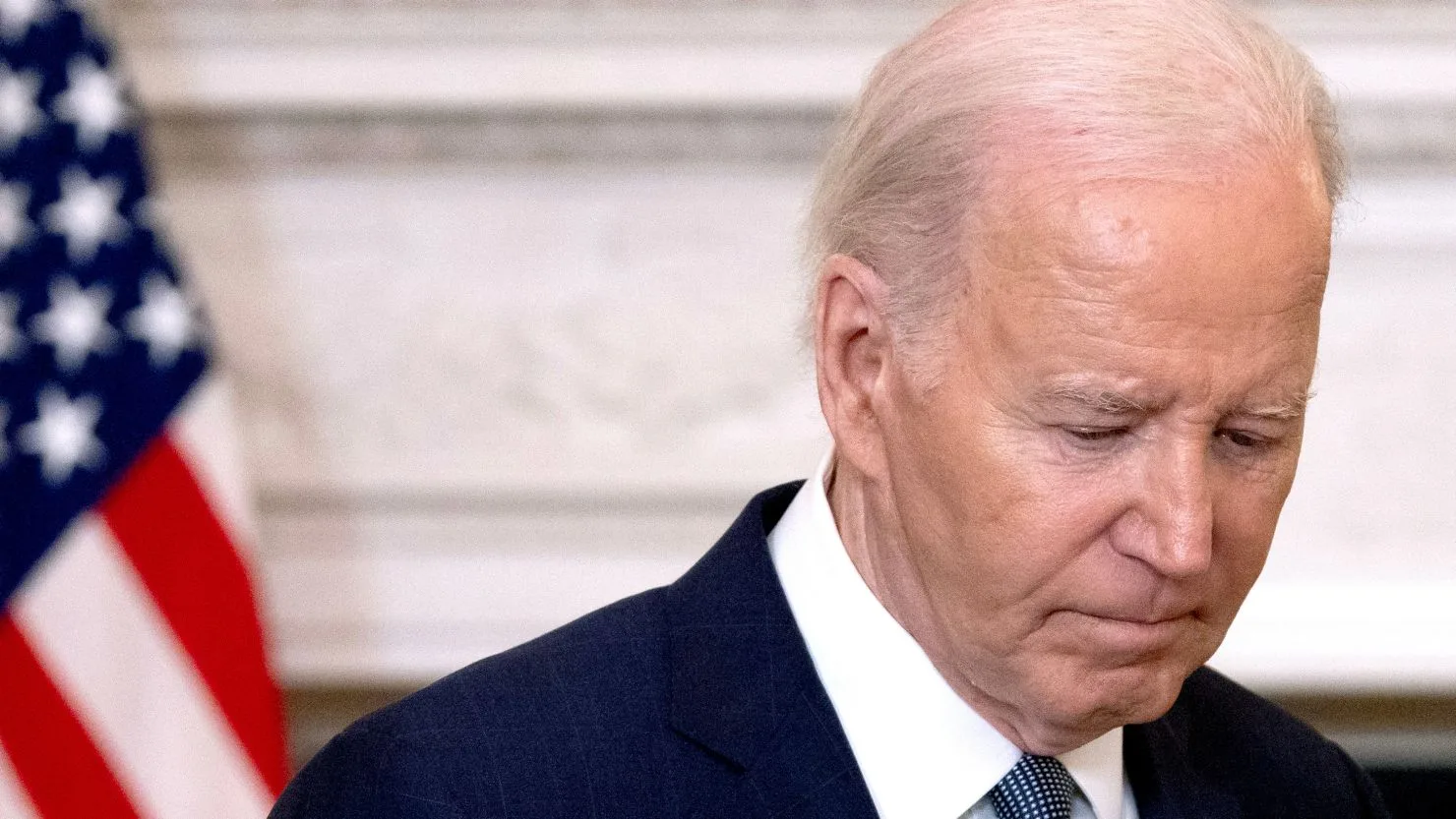The global iron ore market is currently embroiled in a crisis of epic proportions, aptly dubbed the “Iron Ore Bloodbath.” Prices for this crucial industrial metal have plummeted to their lowest point in 10 months, triggering a chain reaction that has wiped out an estimated $100 billion from the market capitalization of leading mining companies worldwide. This dramatic downturn paints a stark picture of the challenges facing the industry and the global economy at large.
The Perfect Storm: Factors Driving the Iron Ore Price Plunge
Several factors have coalesced to create the perfect storm battering the iron ore market. Chief among them is the weakening demand from China, the world’s largest consumer of iron ore, accounting for more than half of global demand. The Asian giant’s once-insatiable appetite for steel, the primary product derived from iron ore, has waned considerably in recent months. This slowdown can be attributed to several factors, including:
- China’s Economic Slowdown: After decades of rapid growth, the Chinese economy is showing signs of fatigue. The country is grappling with a deflating property bubble, a contracting manufacturing sector, and mounting debt levels. These headwinds have dampened overall economic activity, reducing the demand for steel used in construction, infrastructure, and manufacturing.
- Global Economic Headwinds: The specter of a global recession is looming large, fueled by persistent inflation, rising interest rates, and geopolitical uncertainties. These factors are weighing heavily on business sentiment and investment decisions worldwide, leading to a decline in demand for steel and, consequently, iron ore.
China’s Cooling Appetite for Steel: A Deeper Look
China’s steel consumption has been a key driver of the global iron ore market for decades. The country’s rapid urbanization and industrialization fueled an unprecedented construction boom, requiring massive amounts of steel for buildings, bridges, and infrastructure projects. However, this era of unbridled growth appears to be coming to an end.
- Struggling Real Estate Market: China’s property market, a significant consumer of steel, is facing a severe crisis. Years of overbuilding and speculative investments have created a massive surplus of housing inventory. At the same time, demand for new homes has weakened due to slowing population growth and affordability concerns. This slump in the real estate sector has significantly reduced the need for steel, impacting iron ore demand.
- Government Policies to Curb Pollution: The Chinese government has implemented stricter environmental regulations in recent years to combat air pollution, a significant problem in many Chinese cities. These regulations have led to production cuts and closures in the steel industry, further reducing the demand for iron ore.
The $100 Billion Blow: Impact on Mining Giants
The Iron Ore Bloodbath has sent shockwaves through the global mining industry, wiping out billions of dollars in market value from leading iron ore producers. Companies like Rio Tinto, BHP, and Vale have all seen their share prices plummet as investors react to the deteriorating market conditions.
- Profit Warnings and Investment Cuts: As iron ore prices tumble, mining companies are feeling the squeeze on their profit margins. Several major players have issued profit warnings, signaling that their earnings will be significantly lower than initially expected. Faced with this challenging environment, companies are also slashing capital expenditures, postponing or canceling new projects, and reducing exploration activities.
- Job Losses and Economic Impact: The downturn in the iron ore market has raised concerns about potential job losses in mining communities worldwide. As companies scale back operations, thousands of jobs are at risk, impacting families and local economies reliant on the mining industry.
Navigating the Storm: Strategies for Mining Companies
The Iron Ore Bloodbath presents significant challenges for mining companies, but it also underscores the need for adaptation and strategic repositioning. To weather the storm and emerge stronger, companies need to:
Diversification: Moving Beyond China’s Shadow
Excessive reliance on China has exposed the vulnerability of mining companies to fluctuations in the Chinese economy. To mitigate this risk, companies need to diversify their customer base and explore new markets for iron ore.
- Emerging Economies: While China remains a crucial market, focusing on emerging economies in Southeast Asia, Africa, and Latin America presents new opportunities. These regions are experiencing rapid urbanization and industrialization, driving demand for steel and other infrastructure materials.
- New Applications for Iron Ore: Beyond its traditional use in steelmaking, iron ore has potential applications in other industries, such as construction materials, water treatment, and even battery technology. Exploring these alternative uses can create new revenue streams and reduce dependence on the volatile steel market.
Efficiency and Innovation: The Need of the Hour
In a low-price environment, cost optimization and efficiency become paramount for survival. Mining companies need to streamline operations, reduce waste, and embrace technological advancements to remain competitive.
- Automation and Digitalization: Implementing automation technologies in mining operations can significantly improve efficiency, reduce costs, and enhance safety. Digitalization, such as using drones for surveying and data analytics for optimizing resource extraction, can further enhance productivity.
- Sustainable Mining Practices: Embracing sustainable mining practices, such as reducing water consumption, minimizing environmental impact, and promoting responsible land management, can not only enhance their public image but also unlock cost savings and improve long-term viability.
A Silver Lining? Potential Long-Term Benefits of the Downturn
While the immediate impact of the iron ore price crash is undeniably negative, the crisis could be a catalyst for positive change in the long run.
Greener Steel: The Push for Sustainable Alternatives
The decreased profitability of traditional steel production, heavily reliant on polluting blast furnaces, could incentivize investment in greener alternatives.
- Green Steel Production: New technologies, such as using hydrogen instead of coal in the steelmaking process, offer the potential to significantly reduce carbon emissions. The current downturn could accelerate the adoption of these technologies as steelmakers seek to improve their environmental footprint and meet increasingly stringent regulations.
A More Balanced Market: Reducing Dependence on China
The crisis has exposed the risks associated with excessive reliance on a single market. The push for diversification could lead to a more balanced and resilient global iron ore market.
- Supply Chain Resilience: Reducing dependence on China can enhance the resilience of global supply chains. By sourcing iron ore from a more diverse range of countries, companies can mitigate the risks associated with geopolitical tensions or disruptions in any single location.
FAQs About the Iron Ore Market Crash
What is iron ore, and why is it important?
Iron ore is a rock from which metallic iron can be extracted. It’s a crucial raw material used primarily to produce steel, an essential component of construction, manufacturing, and infrastructure projects.
What are the main factors affecting iron ore prices?
Iron ore prices are influenced by supply and demand dynamics. Demand from China, global economic growth, steel production levels, and speculation all play a role.
How will this impact the global economy?
A prolonged downturn in the iron ore market could impact commodity-dependent economies, potentially leading to job losses and reduced economic activity. It could also influence the cost of steel and other downstream industries.
What does this mean for investors?
The Iron Ore Bloodbath has already impacted mining companies’ share prices. Investors should carefully assess market conditions and the long-term strategies of mining companies before making investment decisions.
Will iron ore prices recover, and if so, when?
Predicting commodity prices is notoriously difficult. The recovery will depend on factors like China’s economic recovery, global demand for steel, and the industry’s adaptation to the changing landscape.
What are the long-term implications for the steel industry?
The downturn could accelerate the steel industry’s transition towards more sustainable practices and greener production methods. It could also lead to greater diversification in iron ore sourcing and a more balanced global market.
Conclusion: Weathering the Storm and Building a Sustainable Future
The Iron Ore Bloodbath is a stark reminder of the cyclical nature of commodity markets and the interconnectedness of the global economy. While the immediate future for the iron ore industry remains uncertain, the crisis presents an opportunity for companies to adapt, innovate, and build a more sustainable future. By embracing diversification, efficiency, and technological advancements, the industry can navigate the current storm and emerge stronger in the long run.



